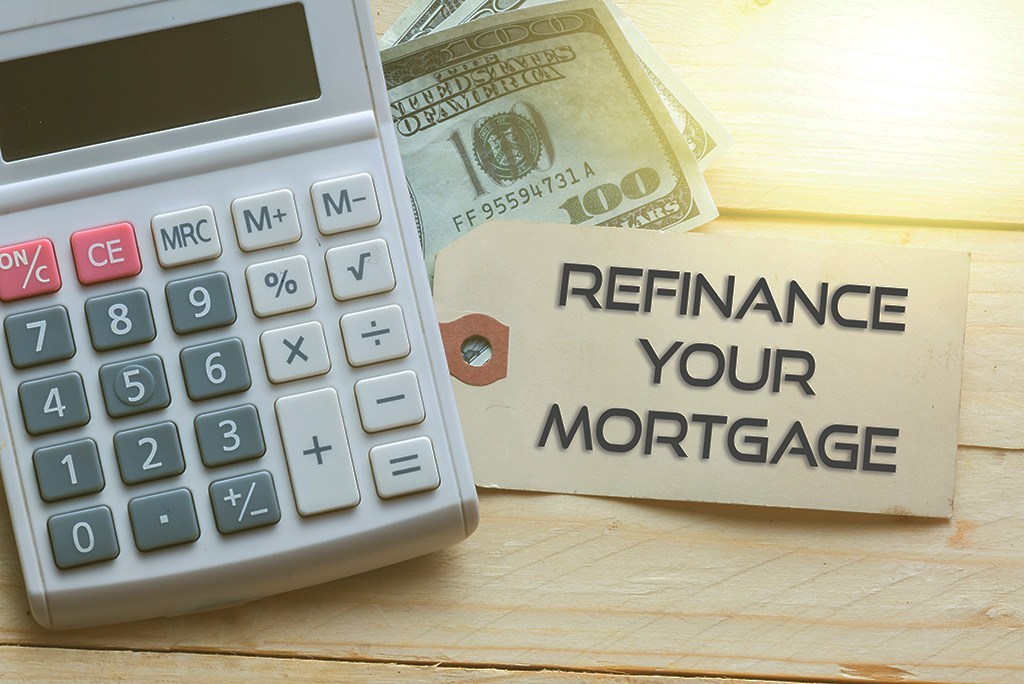E123E >>
Money
How To Refinance Your Mortgage
Refinancing a mortgage is a useful tool for people to consider, and involves paying off the remaining outstanding balance of an existing mortgage in order to then take out a new mortgage. Understanding what refinancing a mortgage is and how to do it right could help you make the most from your mortgage.
What is Refinancing a Mortgage?
Refinancing can be used as a strategy for helping to obtain a lower interest rate or to shorten the duration of the mortgage. Some people even refinance their mortgage to allow them to switch between an ARM and a fixed rate mortgage, or the opposite, based on whichever plan suits them better at the time.
Indeed, there are so many different reasons that people consider refinancing. However, refinancing is not quite as great as it might initially sound. Refinancing costs in the region of 2% to 5% of the mortgage’s principle as standard. Furthermore, it is not an automatic thing and there is quite a lengthy process to be undertaken for the bank to make a decision. Therefore, refinancing a property may not be right for everyone—however, those who decide to refinance their mortgage should make sure to do so carefully in order to make the most of the benefits that refinancing can offer.
How to Refinance a Mortgage
Refinancing a mortgage may involve a lot of paperwork, but it shouldn’t be hugely difficult with support from your mortgage provider. To start with, you’ll need to approach the lender providing you with the new loan to determine if they will support you with the remortgaging process. From here, the process is largely the same as a normal house buying process, involving underwriting and, finally, closing.
Make the Most from Mortgage Refinancing
Making the most from mortgage financing requires a certain knowledge of how mortgage refinancing works, and is not necessarily as straightforward as it might seem. However, one of the best, and most straightforward, reasons to choose mortgage refinancing is to get a better interest rate on your property.
By taking advantage of interest rate drops, you may be able to get away with paying less interest on each payment. The benefit of this is obvious; if the lender agrees, then a lower interest rate will naturally result in less expense for you.
Alternatively, you might be considering refinancing to take advantage of a different mortgage style: either fixed rate or an ARM. Adjustable rates mortgages and fixed rates mortgages each have pros and cons, and there is no one better solution; the best mortgage plan actually depends on the interest level at the time, and changing to take advantage of the differences between these plans could therefore be a viable way of saving on your mortgage repayments.
There is also the option to take out a new loan on lower interest rates, but over a shorter period of time, with mortgage refinancing. In this scenario, though you will pay the same monthly rate, you will be able to possibly pay off the loan faster—which will save money in the long run and mean the house is your own more quickly.
In Summary
Before remortgaging your property, make sure you do your research. Don’t just jump at the first possible opportunity; weigh up the pros and cons of each change carefully to find a plan that will offer you with the benefits that you want when you refinance your mortgage. In doing so, you will be able to take full advantage of a period of time when interest rates are low, hopefully helping to save you money in the short or long term!

